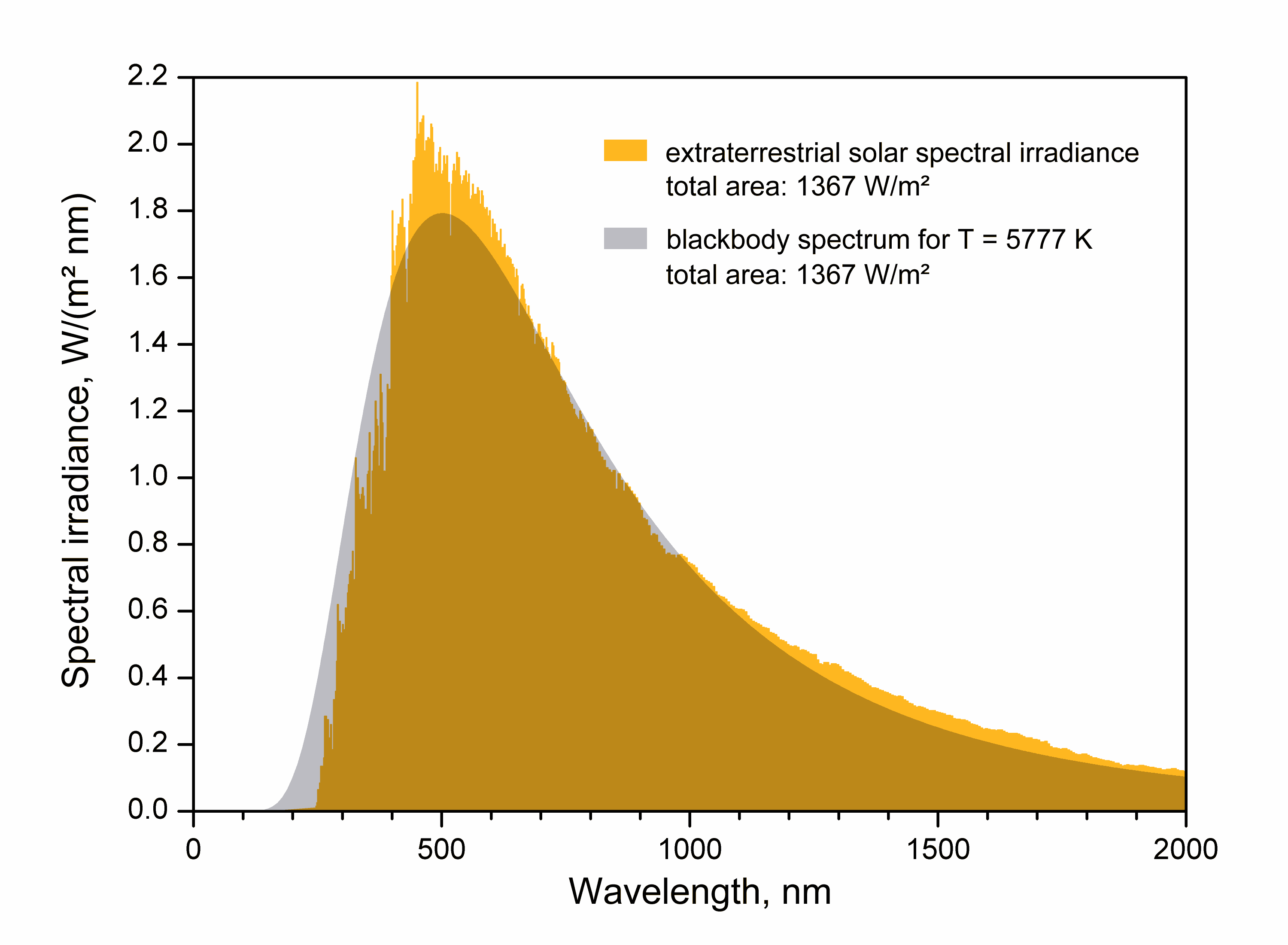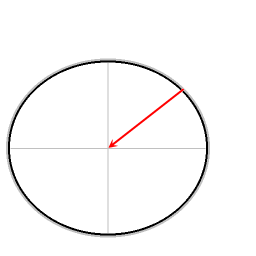|
Rho Lupi
Rho Lupi, Latinized from ρ Lupi, is a solitary star in the southern constellation of Lupus. It is visible to the naked eye with an apparent visual magnitude of 4.05. Based upon an annual parallax shift of 10.32 mas as seen from Earth, it is located about 316 light years from the Sun. It is a member of the Upper Centaurus–Lupus subgroup of the nearby Scorpius–Centaurus association. This is a B-type main sequence star with a stellar classification of B3/4 V. It is a microvariable with a period of 10.7 hours and an amplitude of 0.0046 in magnitude. With an age of just 44 million years, the star is spinning with a projected rotational velocity of 166 km/s. This is giving the star an oblate shape with an equatorial bulge that is an estimated 6% larger than the polar radius. It has an estimated 4.66 times the mass of the Sun and about 3.4 times the Sun's radius. It is radiating 365 times the solar luminosity from its outer atmosphere at an eff ... [...More Info...] [...Related Items...] OR: [Wikipedia] [Google] [Baidu] |
Milliarcsecond
A minute of arc, arcminute (arcmin), arc minute, or minute arc, denoted by the symbol , is a unit of angular measurement equal to of one degree. Since one degree is of a turn (or complete rotation), one minute of arc is of a turn. The nautical mile (nmi) was originally defined as the arc length of a minute of latitude on a spherical Earth, so the actual Earth circumference is very near . A minute of arc is of a radian. A second of arc, arcsecond (arcsec), or arc second, denoted by the symbol , is of an arcminute, of a degree, of a turn, and (about ) of a radian. These units originated in Babylonian astronomy as sexagesimal subdivisions of the degree; they are used in fields that involve very small angles, such as astronomy, optometry, ophthalmology, optics, navigation, land surveying, and marksmanship. To express even smaller angles, standard SI prefixes can be employed; the milliarcsecond (mas) and microarcsecond (μas), for instance, are commonly used in astrono ... [...More Info...] [...Related Items...] OR: [Wikipedia] [Google] [Baidu] |
Effective Temperature
The effective temperature of a body such as a star or planet is the temperature of a black body that would emit the same total amount of electromagnetic radiation. Effective temperature is often used as an estimate of a body's surface temperature when the body's emissivity curve (as a function of wavelength) is not known. When the star's or planet's net emissivity in the relevant wavelength band is less than unity (less than that of a black body), the actual temperature of the body will be higher than the effective temperature. The net emissivity may be low due to surface or atmospheric properties, including greenhouse effect. Star The effective temperature of a star is the temperature of a black body with the same luminosity per ''surface area'' () as the star and is defined according to the Stefan–Boltzmann law . Notice that the total ( bolometric) luminosity of a star is then , where is the stellar radius. The definition of the stellar radius is obviously not stra ... [...More Info...] [...Related Items...] OR: [Wikipedia] [Google] [Baidu] |
Stellar Atmosphere
The stellar atmosphere is the outer region of the volume of a star, lying above the stellar core, radiation zone and convection zone. Overview The stellar atmosphere is divided into several regions of distinct character: * The photosphere, which is the atmosphere's lowest and coolest layer, is normally its only visible part. Light escaping from the surface of the star stems from this region and passes through the higher layers. The Sun's photosphere has a temperature in the 5,770 K to 5,780 K range. Starspots, cool regions of disrupted magnetic field lie on the photosphere. * Above the photosphere lies the chromosphere. This part of the atmosphere first cools down and then starts to heat up to about 10 times the temperature of the photosphere. * Above the chromosphere lies the transition region, where the temperature increases rapidly on a distance of only around 100 km. * The outermost part of the stellar atmosphere is the corona, a tenuous plasma which ha ... [...More Info...] [...Related Items...] OR: [Wikipedia] [Google] [Baidu] |
Solar Luminosity
The solar luminosity (), is a unit of radiant flux ( power emitted in the form of photons) conventionally used by astronomers to measure the luminosity of stars, galaxies and other celestial objects in terms of the output of the Sun. One nominal solar luminosity is defined by the International Astronomical Union to be . This does not include the solar neutrino luminosity, which would add , or , i.e. a total of (the mean energy of the solar photons is 26 MeV and that of the solar neutrinos 0.59 MeV, i.e. 2.27%; the Sun emits photons and as many neutrinos each second, of which per m2 reach the Earth each second). The Sun is a weakly variable star, and its actual luminosity therefore fluctuates. The major fluctuation is the eleven-year solar cycle (sunspot cycle) that causes a quasi-periodic variation of about ±0.1%. Other variations over the last 200–300 years are thought to be much smaller than this. Determination Solar luminosity is related to solar irradiance (the so ... [...More Info...] [...Related Items...] OR: [Wikipedia] [Google] [Baidu] |
Solar Radius
Solar radius is a unit of distance used to express the size of stars in astronomy relative to the Sun. The solar radius is usually defined as the radius to the layer in the Sun's photosphere where the optical depth equals 2/3: :1\,R_ = 6.957\times 10^8 \hbox is approximately 10 times the average radius of Jupiter, about 109 times the radius of the Earth, and 1/215th of an astronomical unit, the distance of the Earth from the Sun. It varies slightly from pole to equator due to its rotation, which induces an oblateness in the order of 10 parts per million. Measurements The unmanned SOHO spacecraft was used to measure the radius of the Sun by timing transits of Mercury across the surface during 2003 and 2006. The result was a measured radius of . Haberreiter, Schmutz & Kosovichev (2008) determined the radius corresponding to the solar photosphere to be . This new value is consistent with helioseismic estimates; the same study showed that previous estimates using inflectio ... [...More Info...] [...Related Items...] OR: [Wikipedia] [Google] [Baidu] |
Solar Mass
The solar mass () is a standard unit of mass in astronomy, equal to approximately . It is often used to indicate the masses of other stars, as well as stellar clusters, nebulae, galaxies and black holes. It is approximately equal to the mass of the Sun. This equates to about two nonillion ( short scale), two quintillion (long scale) kilograms or 2000 quettagrams: The solar mass is about times the mass of Earth (), or times the mass of Jupiter (). History of measurement The value of the gravitational constant was first derived from measurements that were made by Henry Cavendish in 1798 with a torsion balance. The value he obtained differs by only 1% from the modern value, but was not as precise. The diurnal parallax of the Sun was accurately measured during the transits of Venus in 1761 and 1769, yielding a value of (9 arcseconds, compared to the present value of ). From the value of the diurnal parallax, one can determine the distance to the Sun from the geome ... [...More Info...] [...Related Items...] OR: [Wikipedia] [Google] [Baidu] |
Equatorial Bulge
An equatorial bulge is a difference between the equatorial and polar diameters of a planet, due to the centrifugal force exerted by the rotation about the body's axis. A rotating body tends to form an oblate spheroid rather than a sphere. On Earth The Earth has a rather slight equatorial bulge: it is about wider at the equator than pole-to-pole, a difference which is about 1/298 of the equatorial diameter. If the Earth were scaled down to a globe with diameter of 1 meter at the equator, that difference would be only 3 millimeters. While too small to notice visually, that difference is still more than twice the largest deviations of the actual surface from the ellipsoid, including the tallest mountains and deepest oceanic trenches. The rotation of the earth also affects the sea level, the imaginary surface that is used to measure altitudes from. This surface coincides with the mean water surface level in oceans, and is extrapolated over land by taking into account the local g ... [...More Info...] [...Related Items...] OR: [Wikipedia] [Google] [Baidu] |
Oblate Spheroid
A spheroid, also known as an ellipsoid of revolution or rotational ellipsoid, is a quadric surface obtained by rotating an ellipse about one of its principal axes; in other words, an ellipsoid with two equal semi-diameters. A spheroid has circular symmetry. If the ellipse is rotated about its major axis, the result is a ''prolate spheroid'', elongated like a rugby ball. The American football is similar but has a pointier end than a spheroid could. If the ellipse is rotated about its minor axis, the result is an ''oblate spheroid'', flattened like a lentil or a plain M&M. If the generating ellipse is a circle, the result is a sphere. Due to the combined effects of gravity and rotation, the figure of the Earth (and of all planets) is not quite a sphere, but instead is slightly flattened in the direction of its axis of rotation. For that reason, in cartography and geodesy the Earth is often approximated by an oblate spheroid, known as the reference ellipsoid, instead of a ... [...More Info...] [...Related Items...] OR: [Wikipedia] [Google] [Baidu] |
Projected Rotational Velocity
Stellar rotation is the angular motion of a star about its axis. The rate of rotation can be measured from the spectrum of the star, or by timing the movements of active features on the surface. The rotation of a star produces an equatorial bulge due to centrifugal force. As stars are not solid bodies, they can also undergo differential rotation. Thus the equator of the star can rotate at a different angular velocity than the higher latitudes. These differences in the rate of rotation within a star may have a significant role in the generation of a stellar magnetic field. The magnetic field of a star interacts with the stellar wind. As the wind moves away from the star its rate of angular velocity slows. The magnetic field of the star interacts with the wind, which applies a drag to the stellar rotation. As a result, angular momentum is transferred from the star to the wind, and over time this gradually slows the star's rate of rotation. Measurement Unless a star is being obs ... [...More Info...] [...Related Items...] OR: [Wikipedia] [Google] [Baidu] |
Microvariable
This glossary of astronomy is a list of definitions of terms and concepts relevant to astronomy and cosmology, their sub-disciplines, and related fields. Astronomy is concerned with the study of celestial objects and phenomena that originate outside the atmosphere of Earth. The field of astronomy features an extensive vocabulary and a significant amount of jargon. A B C D E F G H I J K L ... [...More Info...] [...Related Items...] OR: [Wikipedia] [Google] [Baidu] |
Stellar Classification
In astronomy, stellar classification is the classification of stars based on their spectral characteristics. Electromagnetic radiation from the star is analyzed by splitting it with a prism or diffraction grating into a spectrum exhibiting the rainbow of colors interspersed with spectral lines. Each line indicates a particular chemical element or molecule, with the line strength indicating the abundance of that element. The strengths of the different spectral lines vary mainly due to the temperature of the photosphere, although in some cases there are true abundance differences. The ''spectral class'' of a star is a short code primarily summarizing the ionization state, giving an objective measure of the photosphere's temperature. Most stars are currently classified under the Morgan–Keenan (MK) system using the letters ''O'', ''B'', ''A'', ''F'', ''G'', ''K'', and ''M'', a sequence from the hottest (''O'' type) to the coolest (''M'' type). Each letter class is then subdivi ... [...More Info...] [...Related Items...] OR: [Wikipedia] [Google] [Baidu] |



